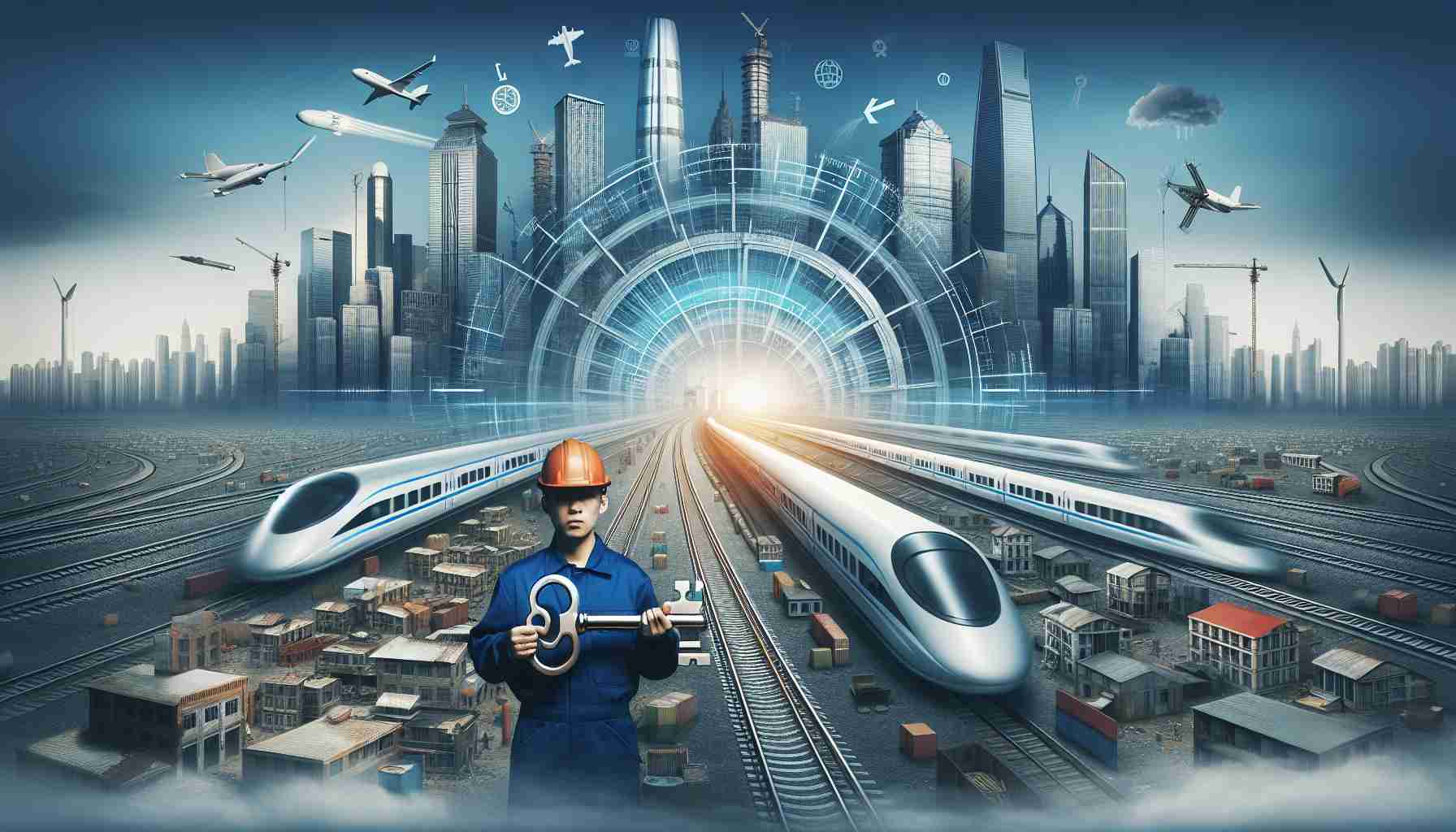
Revolutionizing Connectivity: Witness a new era of rapid transportation as high-speed trains zoom past at 352 kilometers per hour, reducing travel times and boosting economic activities in diverse cities.
Boosting Urban Economies: Urban centers are experiencing a surge in development and connectivity as high-speed rail networks expand, facilitating efficient travel and commerce. The once arduous 40-hour journey from Beijing to Guangzhou in the 1960s has now been slashed to a mere 7-hour trip, reflecting monumental progress.
Integration of Industries: High-speed railways like the Wuhan-Guangzhou line act as a catalyst for industrial growth, attracting investments, fostering innovation, and spurring job creation. Cities along these routes are metamorphosing into hubs of technological advancement and economic prosperity.
Fusion of Resources: The convergence of resources along high-speed rail corridors is fueling a monumental transformation in economic landscapes. From seamless passenger travel experiences to the influx of investments and industrial relocations, the impact is palpable and far-reaching.
Pioneering Development: Enter a realm where cities align their aspirations with high-speed rail networks, forging new paths for growth and development. High-speed rail stations are emerging as focal points, shaping the urban fabric and ushering in a wave of progress.
Enriching Cultural Experiences: High-speed rail isn’t just about speed; it’s about creating immersive opportunities for cultural exchange and educational exploration. From ancient villages to modern metropolises, the rail network is a gateway to a world of diverse experiences.
Unleash the power of high-speed rail networks as they unlock new possibilities, bridge geographical boundaries, and catalyze unprecedented growth across regions. It’s not just about trains hurtling through tracks; it’s about transforming lives and shaping the future of economies.
Maximizing Economic Potential: While the advantages of high-speed rail are evident in boosting urban economies and integrating industries, there are deeper implications to consider. How do high-speed rail networks impact smaller, rural communities along their routes? Are there disparities in economic development between cities directly connected by these networks and those left out of the loop?
Accessibility and Inclusivity: One key question revolves around the accessibility of high-speed rail services to a diverse demographic. Are ticket prices affordable for all income brackets, or does this mode of transportation cater primarily to affluent travelers? Ensuring inclusivity in access to high-speed rail is crucial for its success as a transformative economic tool.
Environmental Impact: As nations invest in expanding high-speed rail infrastructure, the environmental implications cannot be ignored. What measures are in place to minimize the carbon footprint of these high-speed trains? Additionally, how do these projects balance the need for efficient transportation with environmental conservation and sustainability goals?
Technological Challenges: The development and maintenance of high-speed rail networks come with technological hurdles. How do engineers and designers continuously improve the safety and efficiency of these systems? What role does evolving technology play in enhancing the speed and reliability of high-speed trains while ensuring passenger comfort and safety?
Advantages and Disadvantages: High-speed rail offers numerous benefits, including reduced travel times, increased connectivity, and economic growth. However, one must also consider potential drawbacks such as high construction costs, maintenance expenses, and the need for continuous investment. Balancing these advantages and disadvantages is essential for sustainable development.
As high-speed rail continues to transform economic landscapes and connectivity between cities, addressing these key questions and challenges is vital. By exploring the multifaceted aspects of high-speed rail networks, we can harness their full potential while mitigating risks and ensuring long-term benefits for societies and economies.
Explore more about the future of high-speed rail and its impact on economic development at Railway Technology. Join the conversation on sustainable transportation and urban planning by visiting International Association of Public Transport.
